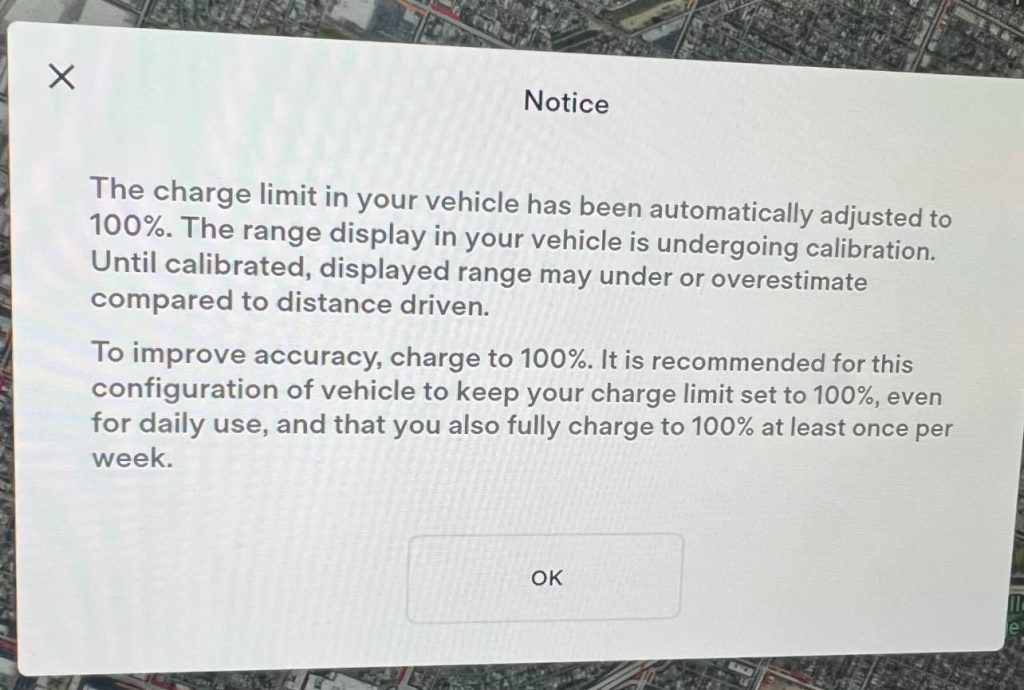Hi all,
I need some advice on the wording in the Tesla app (not on how to charge as this has been answered in other threads).
I've got a 2021 Model 3, Standard Range Plus, which has an LFP battery based on Control > Software > Additional Info. My charging limit bar is a 0 - 100 where you can change it to whatever limit you need. I set it to 80%. If it helps, I travel ~200km/day, consuming half my battery capacity, it dropps from 80% to 20% daily.
I was told to never charge it to 100% unless I'm doing long distance travels where I'd need the whole battery. Instead, to charge it to 80%, which I've done, and I understand the reasoning. All good there.
The confusion..
Few months back, the Tesla app says to maintain battery health, keep the charge limit at 100% and charge fully once per week.
The wording is confusing to me..
Here's another example too,
This doesn't make sense, as it contradicts itself.
Is it just me? Or is what they're trying to say worded incorrectly? Or did I misunderstand it?
I need some advice on the wording in the Tesla app (not on how to charge as this has been answered in other threads).
I've got a 2021 Model 3, Standard Range Plus, which has an LFP battery based on Control > Software > Additional Info. My charging limit bar is a 0 - 100 where you can change it to whatever limit you need. I set it to 80%. If it helps, I travel ~200km/day, consuming half my battery capacity, it dropps from 80% to 20% daily.
I was told to never charge it to 100% unless I'm doing long distance travels where I'd need the whole battery. Instead, to charge it to 80%, which I've done, and I understand the reasoning. All good there.
The confusion..
Few months back, the Tesla app says to maintain battery health, keep the charge limit at 100% and charge fully once per week.
The wording is confusing to me..
"To maintain battery health, keep the charge limit at 100% and charge fully once per week".
Here's another example too,
This doesn't make sense, as it contradicts itself.
- If I keep the limit at 100% it'll charge to 100% every time.
- Otherwise, to do what the app wants me to, I'd have to manually set it to 80% 6 days a week, and manually to 100% the 7th day, which again contradicts what the app is asking me to do (i.e., keep the charge limit at 100%).
Is it just me? Or is what they're trying to say worded incorrectly? Or did I misunderstand it?




